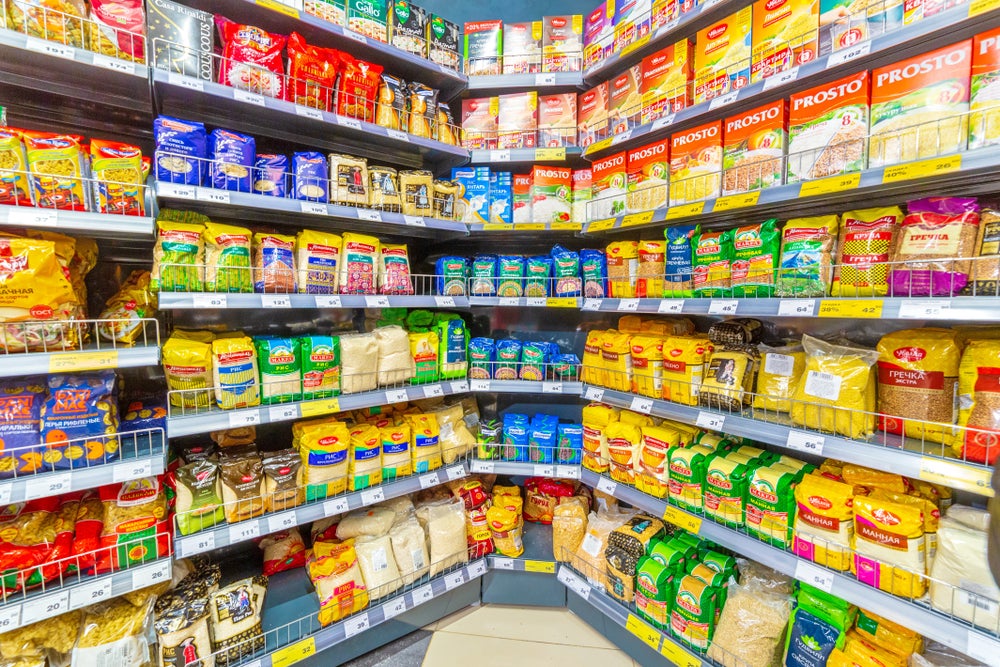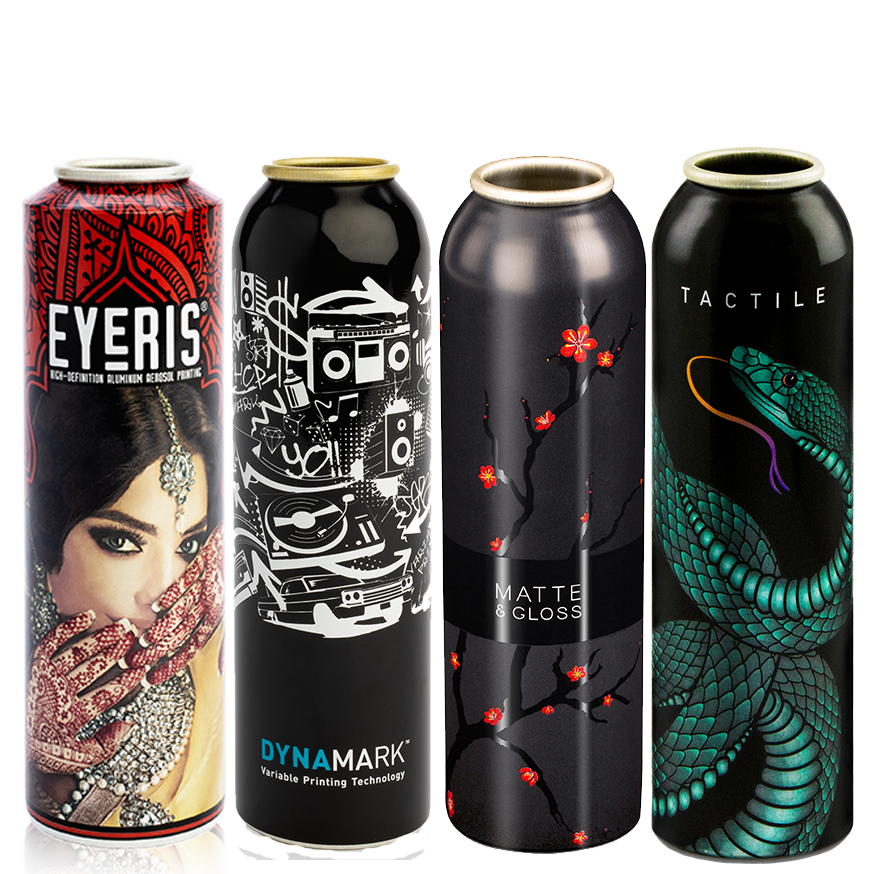What if companies could read the minds of their customers, find out what they wanted and act accordingly? A far-fetched idea, perhaps, but there are many signs in the marketplace that companies can make use of to obtain a much better insight into what customers want.
To begin with, there is a tonne of marketing information on consumer feedback regarding easy opening, re-closability, see-through packs, more environmentally friendly packaging, less packaging and so on. In several product sectors, it is not a lack of technology that prevents innovations from being implemented, but costs or unwillingness to try something new.
Saying this, plenty of new technology is appearing, and in my experience, once someone is prepared to go ahead with something new and exciting (provided it is liked by the consumer), then everyone else follows suit and a new packaging type or style becomes the norm. Take doypacks, or stand-up pouches, for instance. Having taken their time to get onto the shelves, they are now used in a number of food areas.
Is this what is going to happen to poly-lactic acid (PLA) – the new wonder plastic? It is as clear as PET, can be used to make packaging or clothing, is biodegradable in commercial composts and, best of all, comes from a sustainable crop. Currently, however, there is a hang-up on the crop used to extract the dextrin to make the lactide: the crop is US corn, which is, to a large extent, genetically modified (GM). There is a fear of a consumer backlash when it becomes clear that the raw material comes from GM corn.
Environmental awareness
Consumers are also becoming more environmentally aware. They are starting to look for the biodegradable packaging and listen to the arguments regarding landfill, recycling and incineration. More and more local authorities are giving out recycling boxes, and people are using them. It is therefore the retail sector’s responsibility to assist the local authorities by using packaging materials that are, as far as possible, recyclable or compostable.
See Also:
Clearly, government assistance is needed to deal with some of these issues. It is vital to create guidelines for acceptable biodegradability of packaging and a recognised logo to go onto the packaging. Help is also required from a central source on the issue of packaging incineration.
How well do you really know your competitors?
Access the most comprehensive Company Profiles on the market, powered by GlobalData. Save hours of research. Gain competitive edge.

Thank you!
Your download email will arrive shortly
Not ready to buy yet? Download a free sample
We are confident about the unique quality of our Company Profiles. However, we want you to make the most beneficial decision for your business, so we offer a free sample that you can download by submitting the below form
By GlobalDataMuch of the packaging we use is not recyclable, or would cost too much to recycle. Consumers are constantly asking retailers why so many different types of plastic are used and why materials cannot be recycled. On the other hand, the government is reducing the number of landfill sites it is licensing, and incineration and energy reclamation is a big no-no with all of the green organisations, so the retail sector itself needs to look at green packaging materials.
To this end, Sainsbury’s has been working with a couple of companies to introduce more biodegradable and compostable packaging made from sustainable crops. Stanelco, a small UK company with expert knowledge of radio frequency welding, has developed a method of manufacturing trays made from starch that is more energy-efficient and quicker than standard technologies. Hence, the trays are cheaper and will be used in more areas than the traditional, organic produce sector.
Biopac, in Worcester, UK, is another small company that has a large portfolio of biodegradable, compostable packaging made from sustainable source material that are being used more often, not just in produce packaging, but for all foods and non-foods, which is what some retailers are looking for. There is every reason for non-foods to be packed in environmentally friendly packaging.
Further developments
But what other changes are facing retailers? Radio frequency identification (RFID) tags are being used more and more to stop fraud and theft. They are excellent, but too expensive for many items. This means that the old barcodes need to stay on some products, whilst RFID tags could take their place on others.
What if a circuit board could be printed onto each item? The power source is then built into the trolley or basket. This sort of technology could assist in the reduction of theft, checkout would become a thing of the past and accurate stock control could be carried out very efficiently – a real boon to all retailers.
A packaging standard
One thing retailers are always looking for is safety in both product and packaging. To this end, the British Retail Consortium/Institute of Packaging Technical (BRC/IOP) Standard was written. Packaging companies that become accredited to this standard can give themselves the due diligence legal cover required in a time of a crisis, but, more importantly, they can give the customer the peace of mind regarding both product quality and hygiene that is needed.
The standard was written by packaging experts from all packaging areas and different material sectors, and since its introduction in 2001, a large number of packaging companies have been accredited to it, not just in the UK, but also across Europe, the USA, Australia and India. Even in China, several companies are on the way to obtaining accreditation.
The current standard is written for food packaging, but a number of non-food companies have also requested a technical standard. It is therefore likely that the next update of the BRC/IOP standard will include non-food packaging.
The secret behind making innovations in packaging succeed, is that they must assist the retailer in reducing product damage, controlling stock loss or saving money. ‘Flash-in-the-pan’ ideas rarely succeed; good innovation often takes quite a while to take off.







